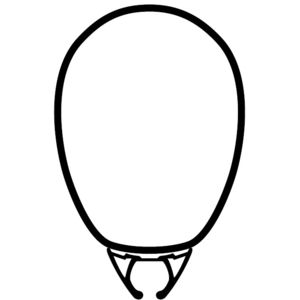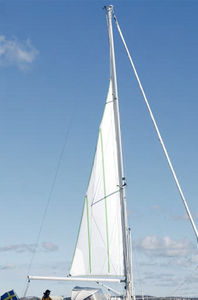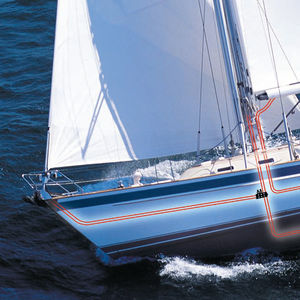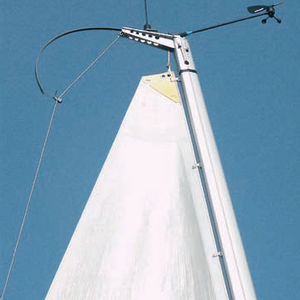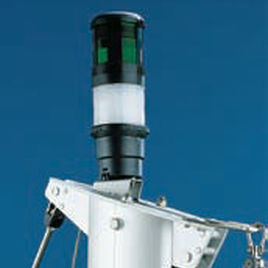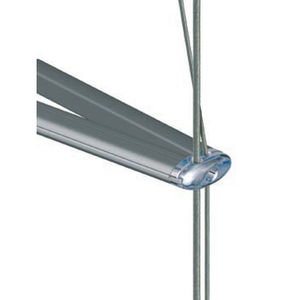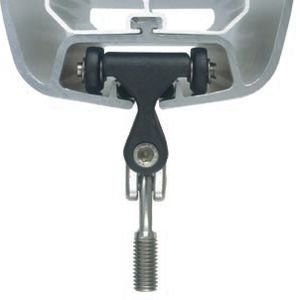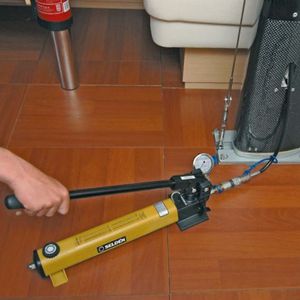
Sailboat mast C-sections and F-sectionsaluminum
Add to favorites
Compare this product
fo_shop_gate_exact_title
Characteristics
- Application domain
- for sailboats
- Material
- aluminum
Description
Loads generated by the crew (mainsheet, vang, outhaul, Cunningham etc.) are transferred to the mainsail and on to the mast. As the mainsail is designed according to the expected curve of the mast, a longitudinally stiff mast allows for less luff curve of the sail. Instead, this sail area can be added to the roach of the sail, where it is subjected to the wind and more efficient. The longitudinal rigidity of the mast section makes for higher forestay load created by tensioning the backstay. Running backstays can often be avoided. The risk of mast pumping is also reduced.
The new C137 & C153 mast profiles have been designed to provide a solution for the modern, swept spreader rig arrangements. The developing trends for large spreader sweep angles, enables the rig to rely less on the mast section to provide longitudinal inertia (stiffness) allowing material and ultimately weight to be removed from the profile. The new sections are also suitable for 1-spreader rigs on 26’ to 32’ boats.
Catalogs
Exhibitions
Meet this supplier at the following exhibition(s):


Related Searches
- Seldén sailboat block
- Seldén single block
- Deck cleat
- Seldén ball bearing block
- Seldén plain bearing block
- Seldén block with swivel
- Seldén cheek block
- Seldén mast
- Seldén turnbuckle
- Seldén sailboat turnbuckle
- Shackle
- Seldén block with becket
- Seldén block with ball bearing
- Seldén turnbuckle with toggle
- Standing rigging terminal
- Seldén rod rigging turnbuckle
- Snap shackle
- Lashing block
- Carbon mast
- Winch
*Prices are pre-tax. They exclude delivery charges and customs duties and do not include additional charges for installation or activation options. Prices are indicative only and may vary by country, with changes to the cost of raw materials and exchange rates.






